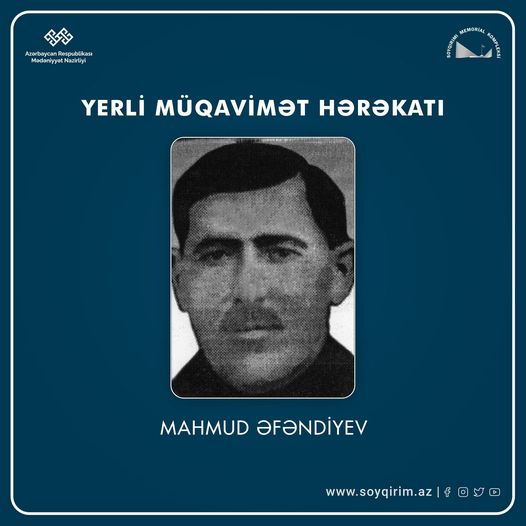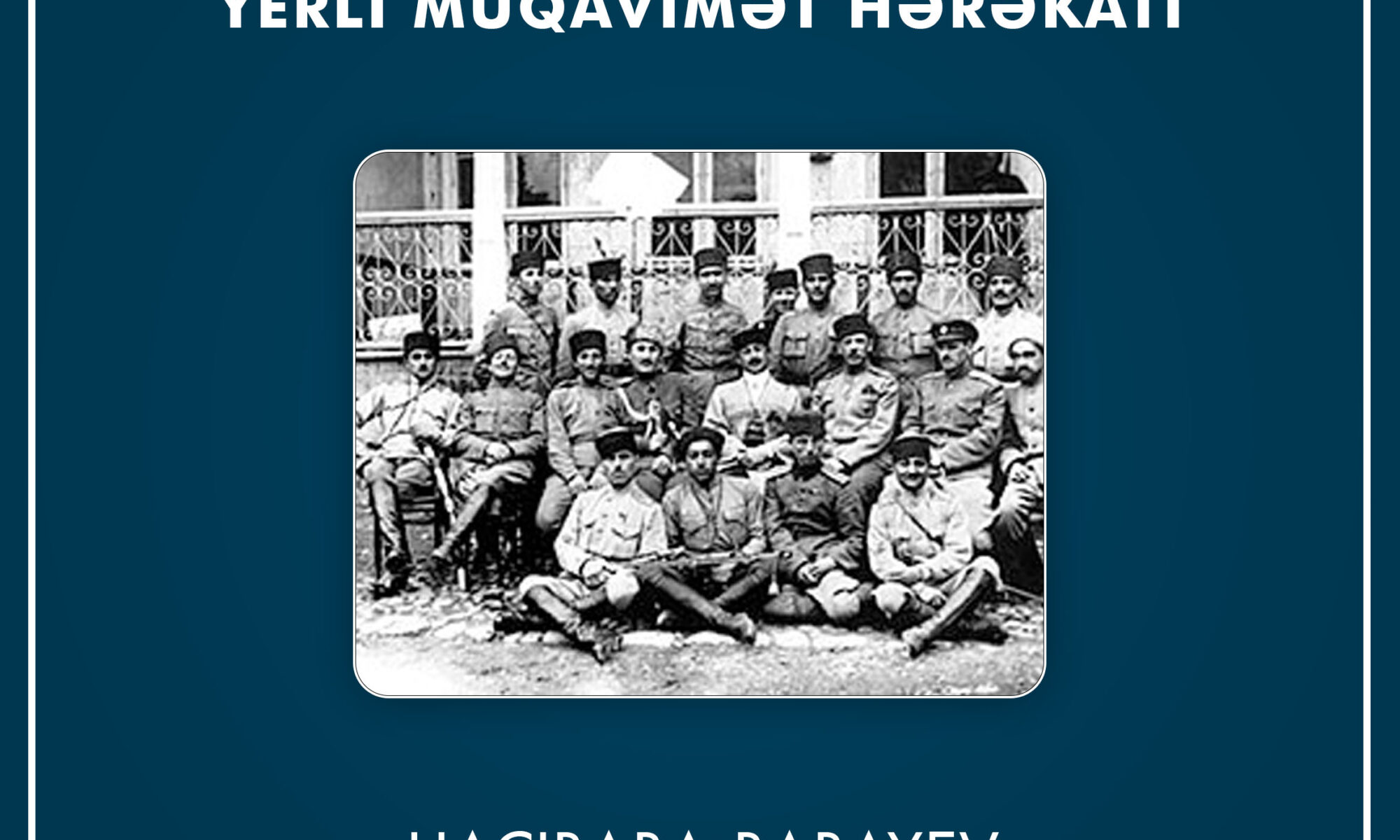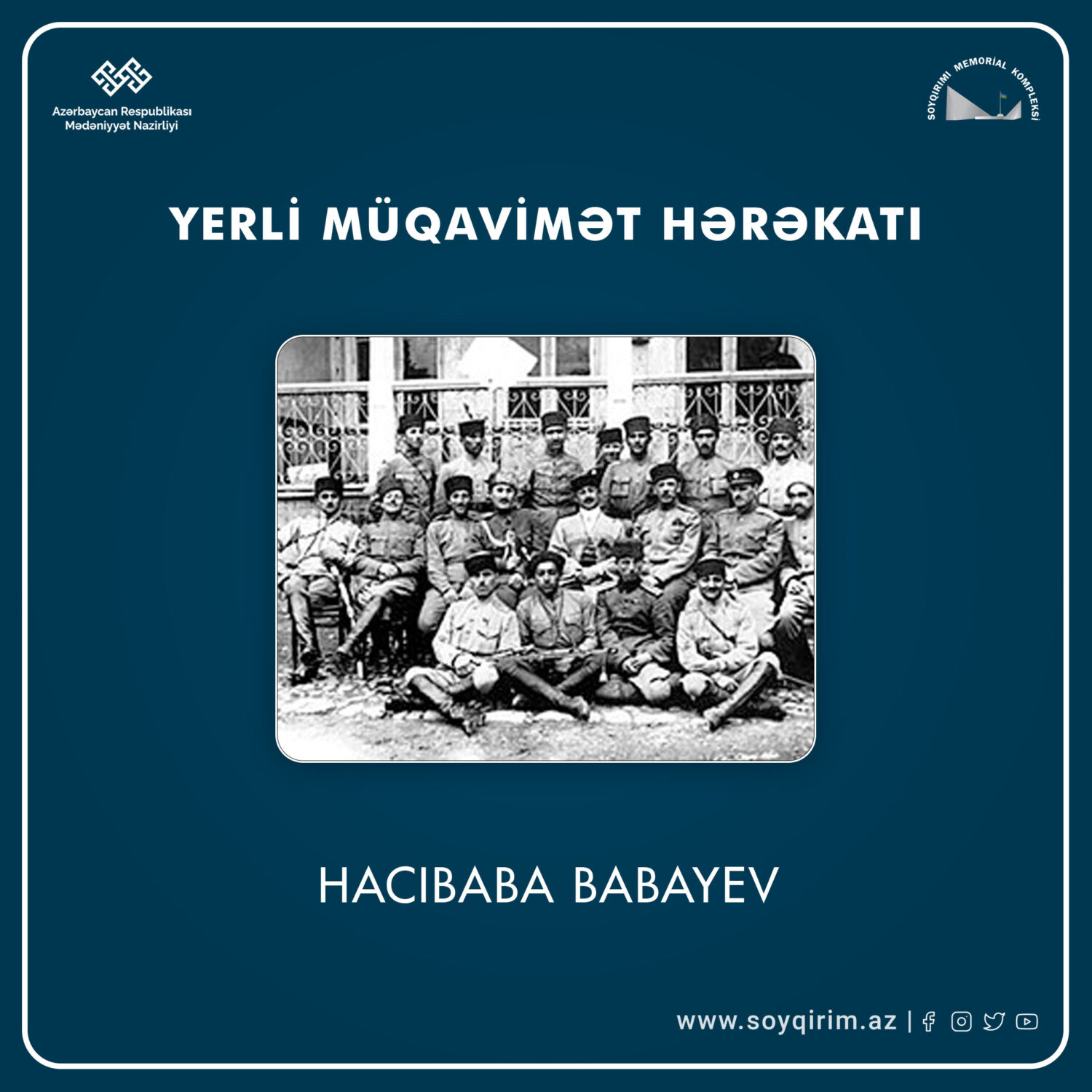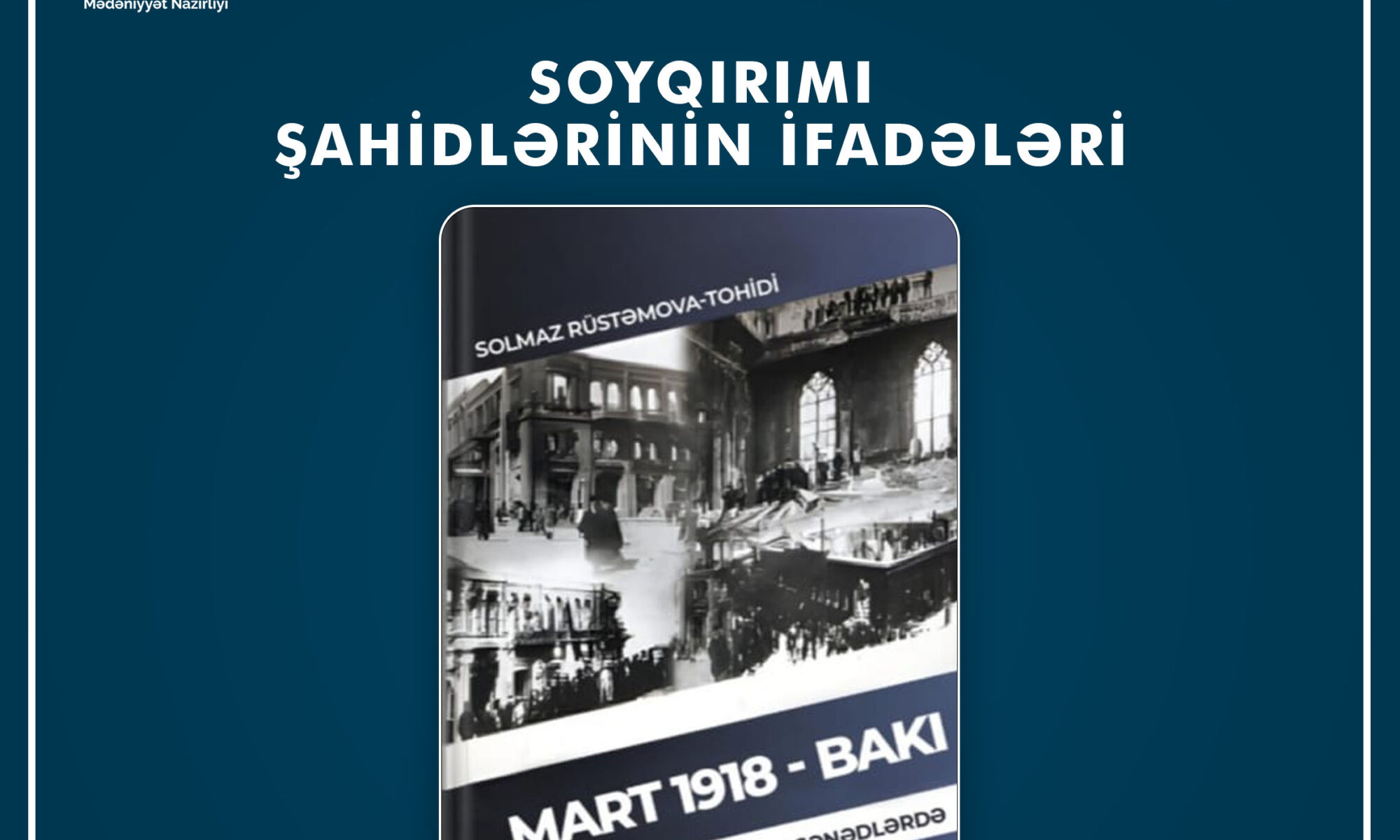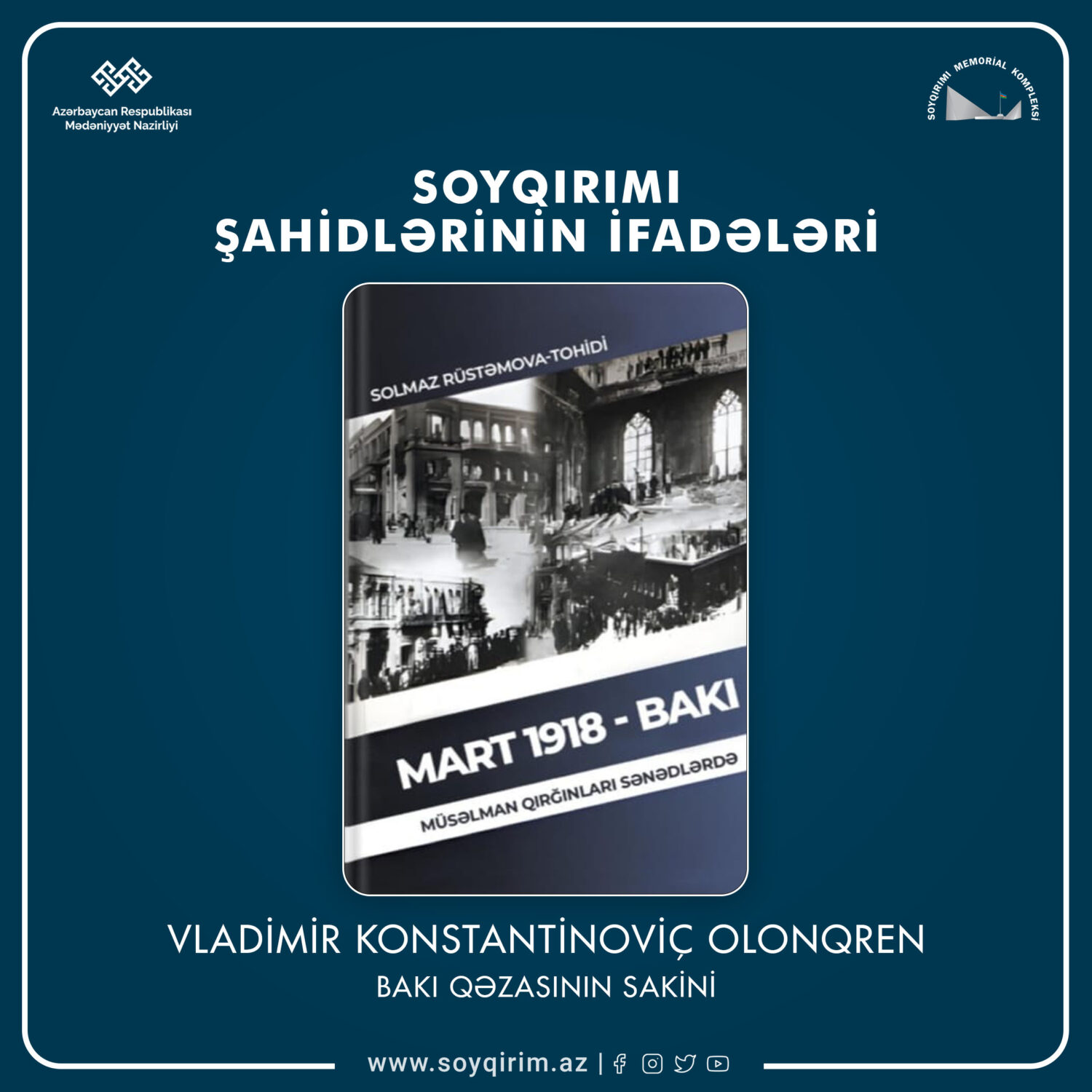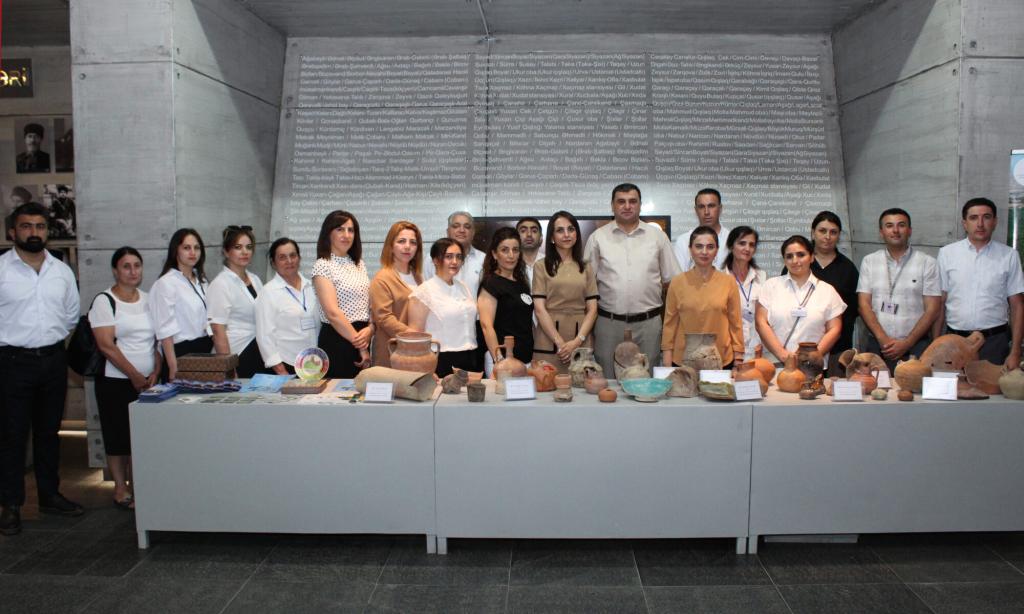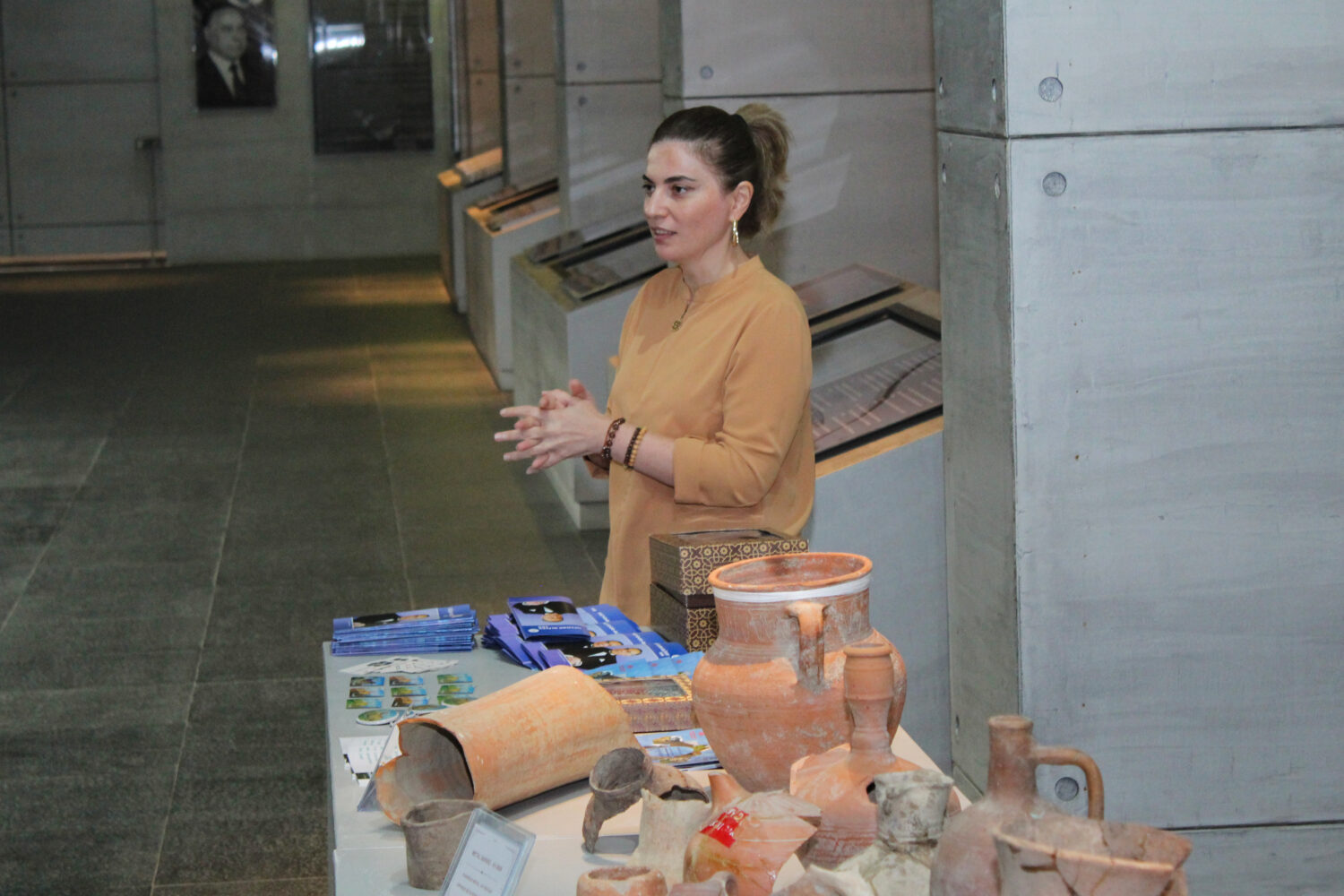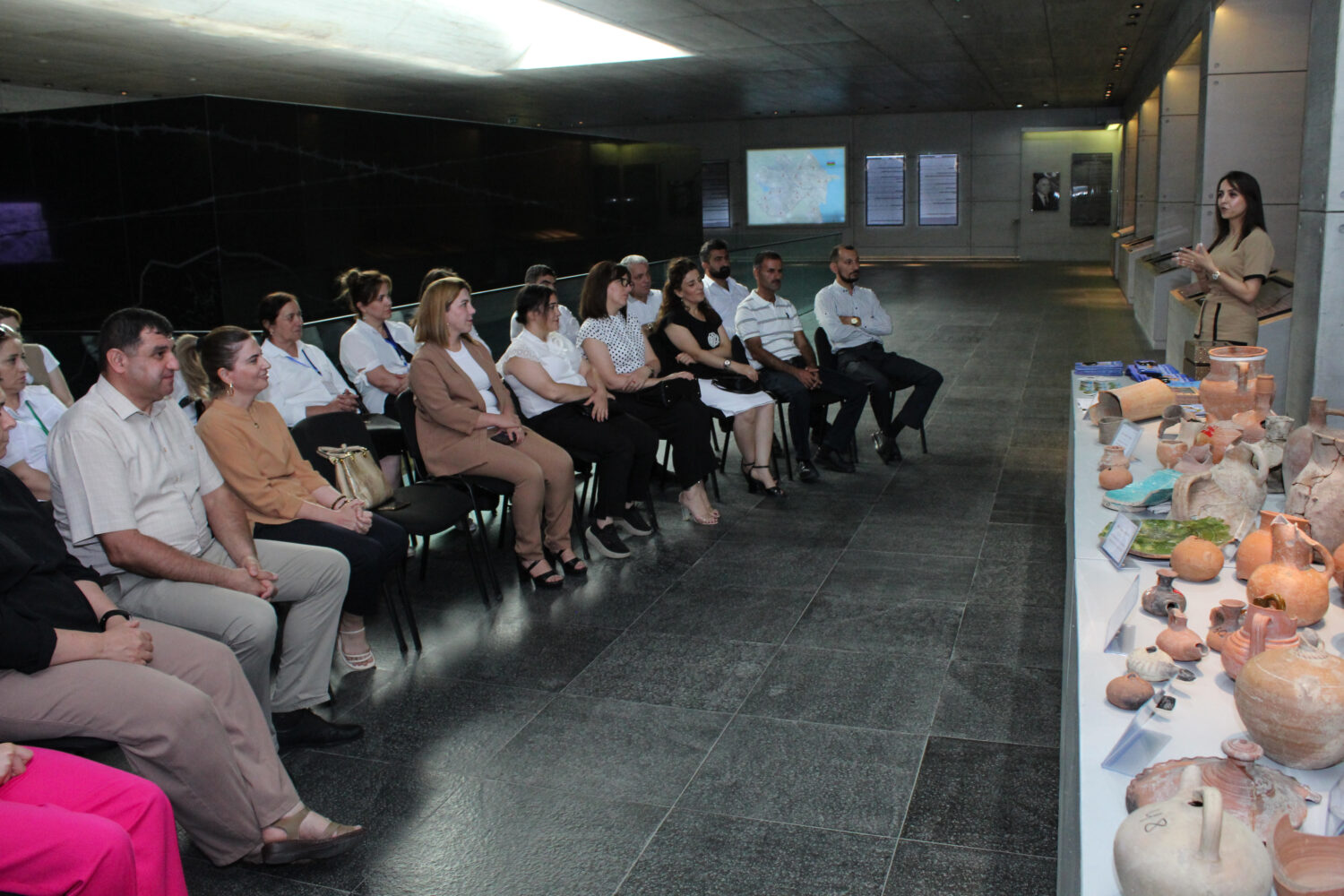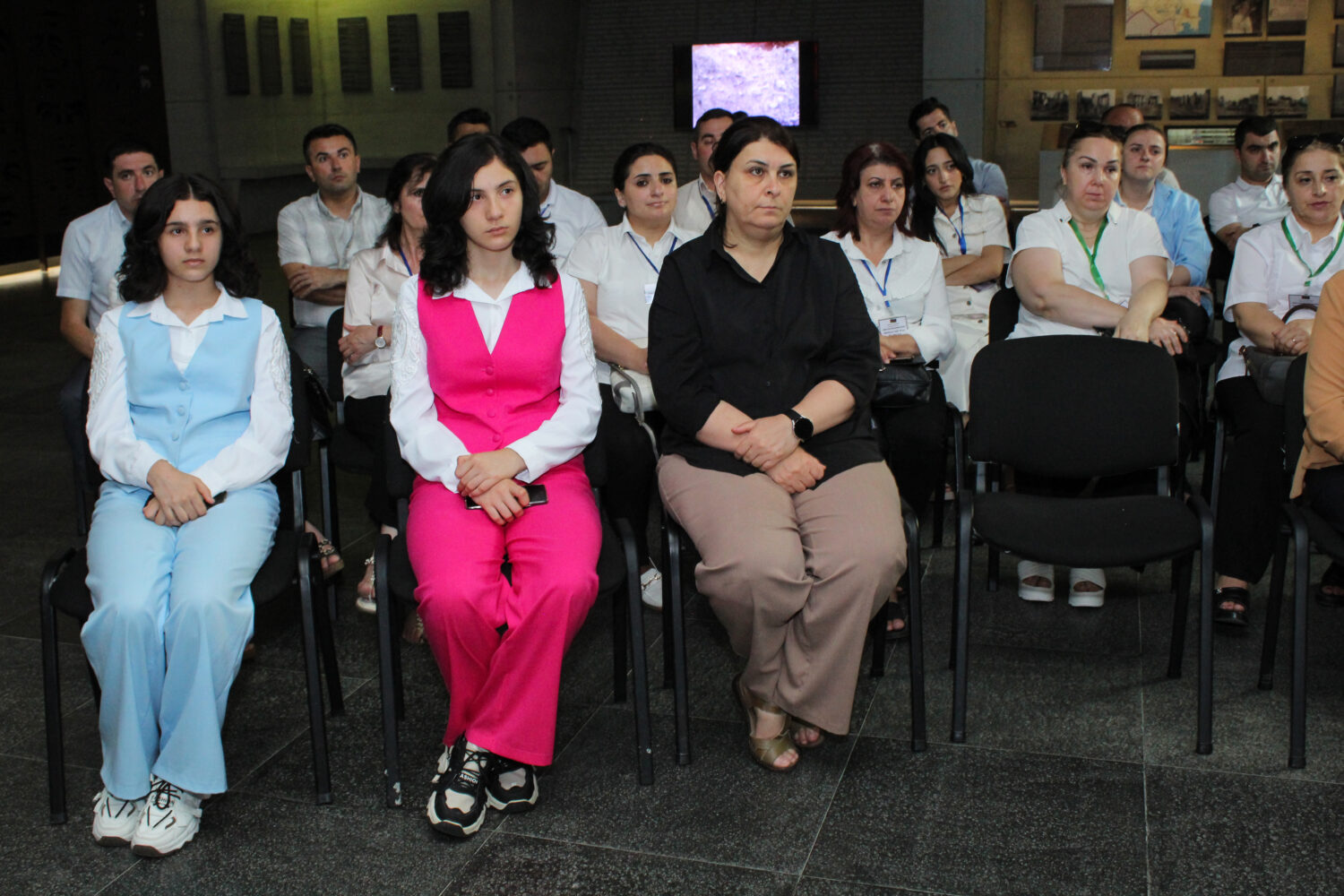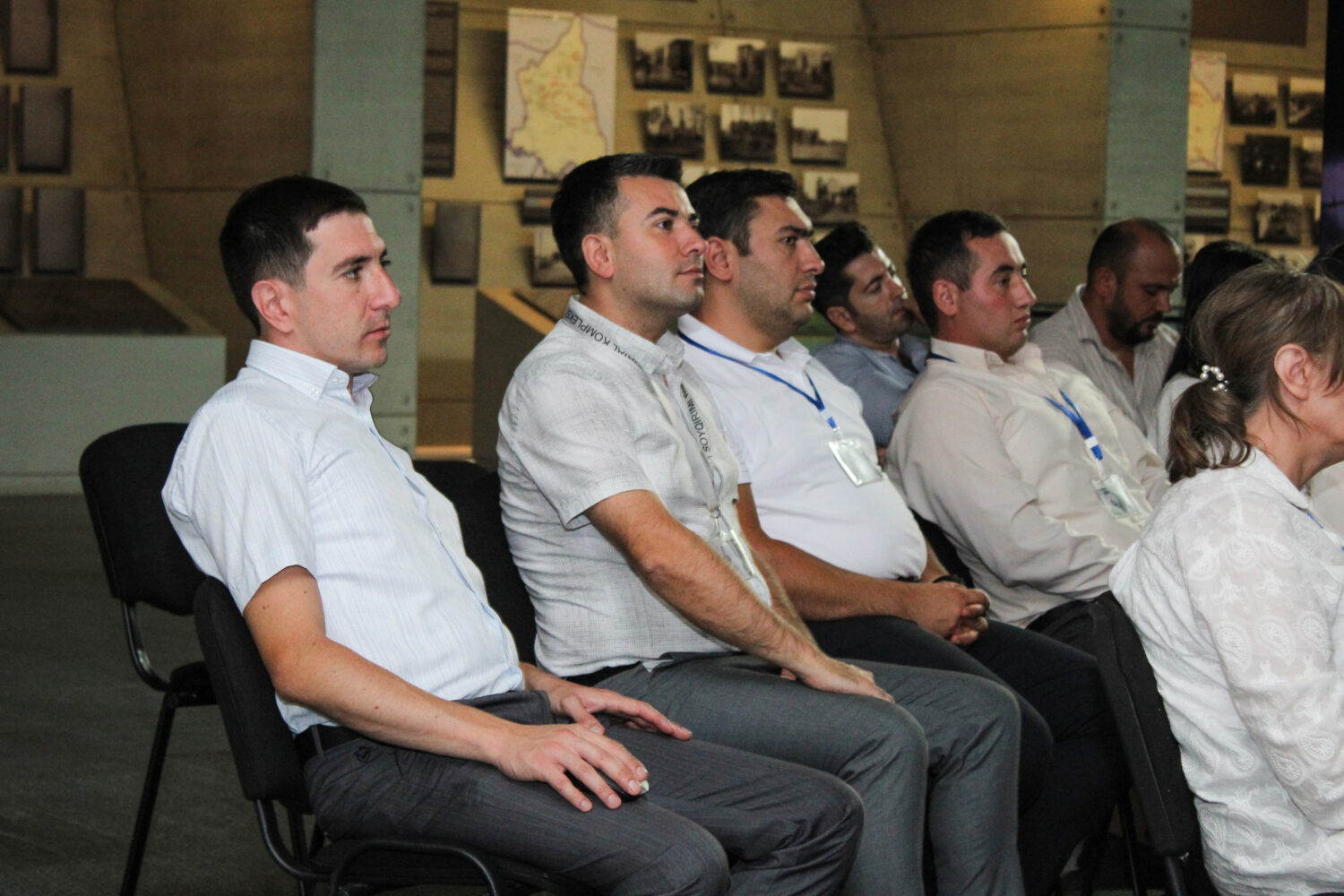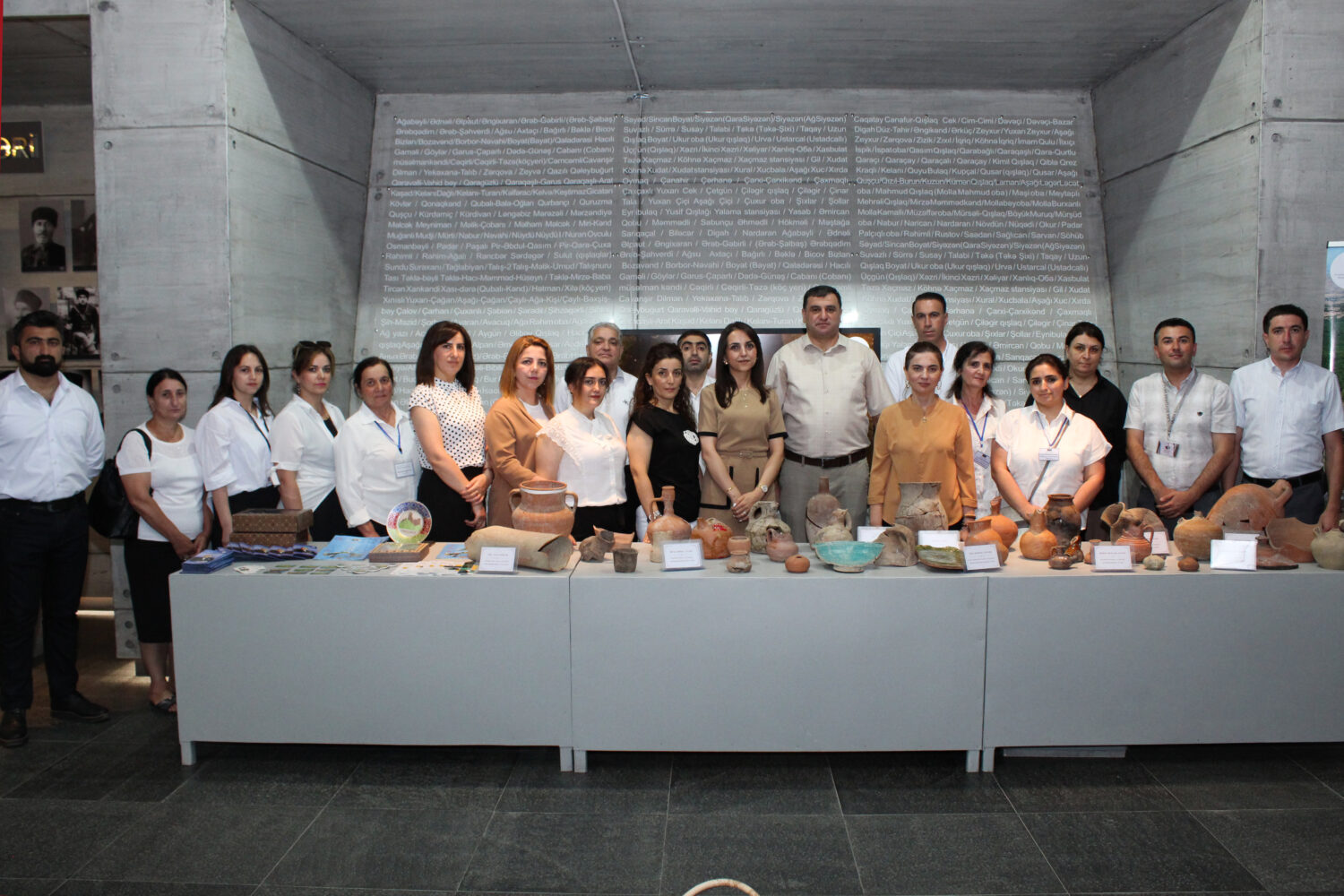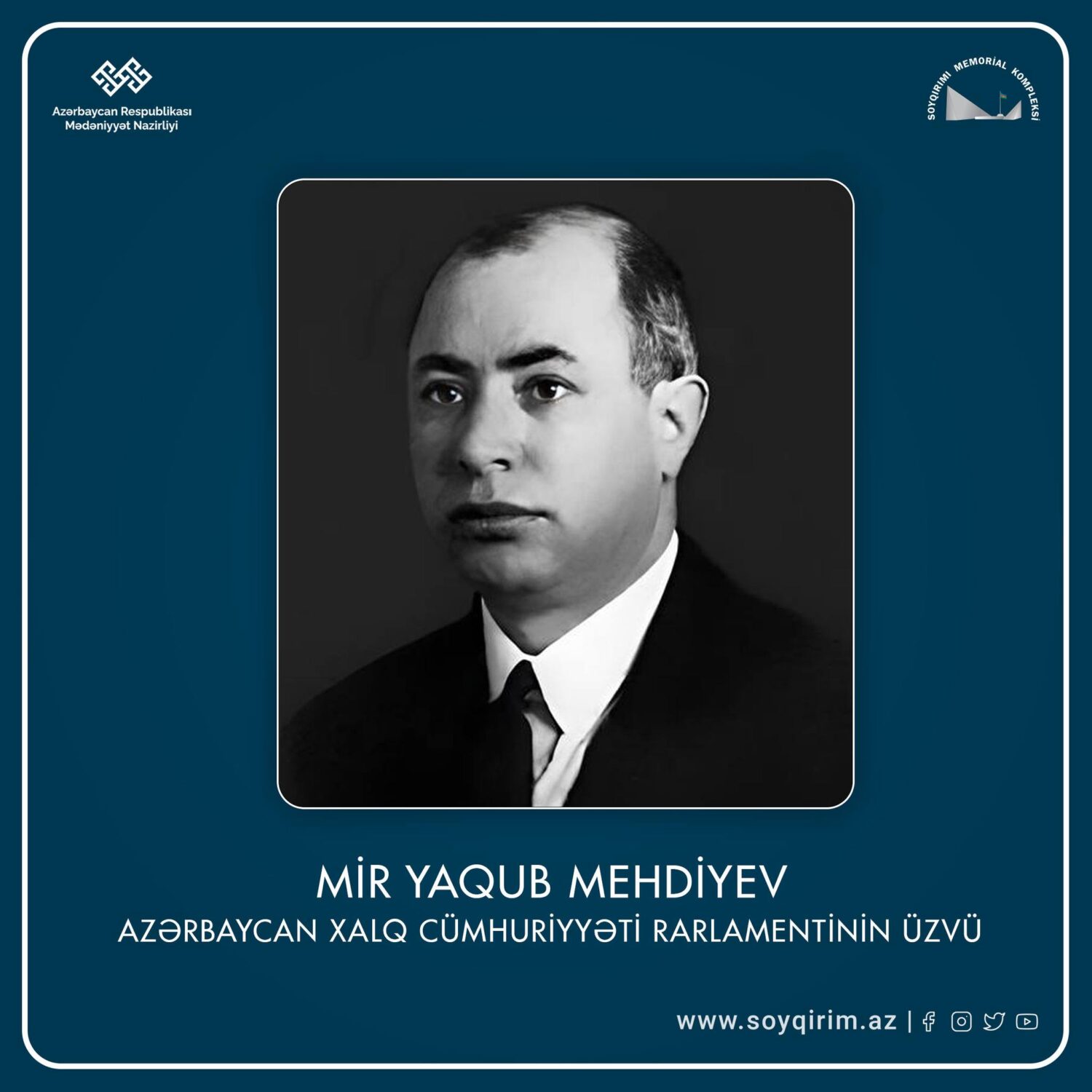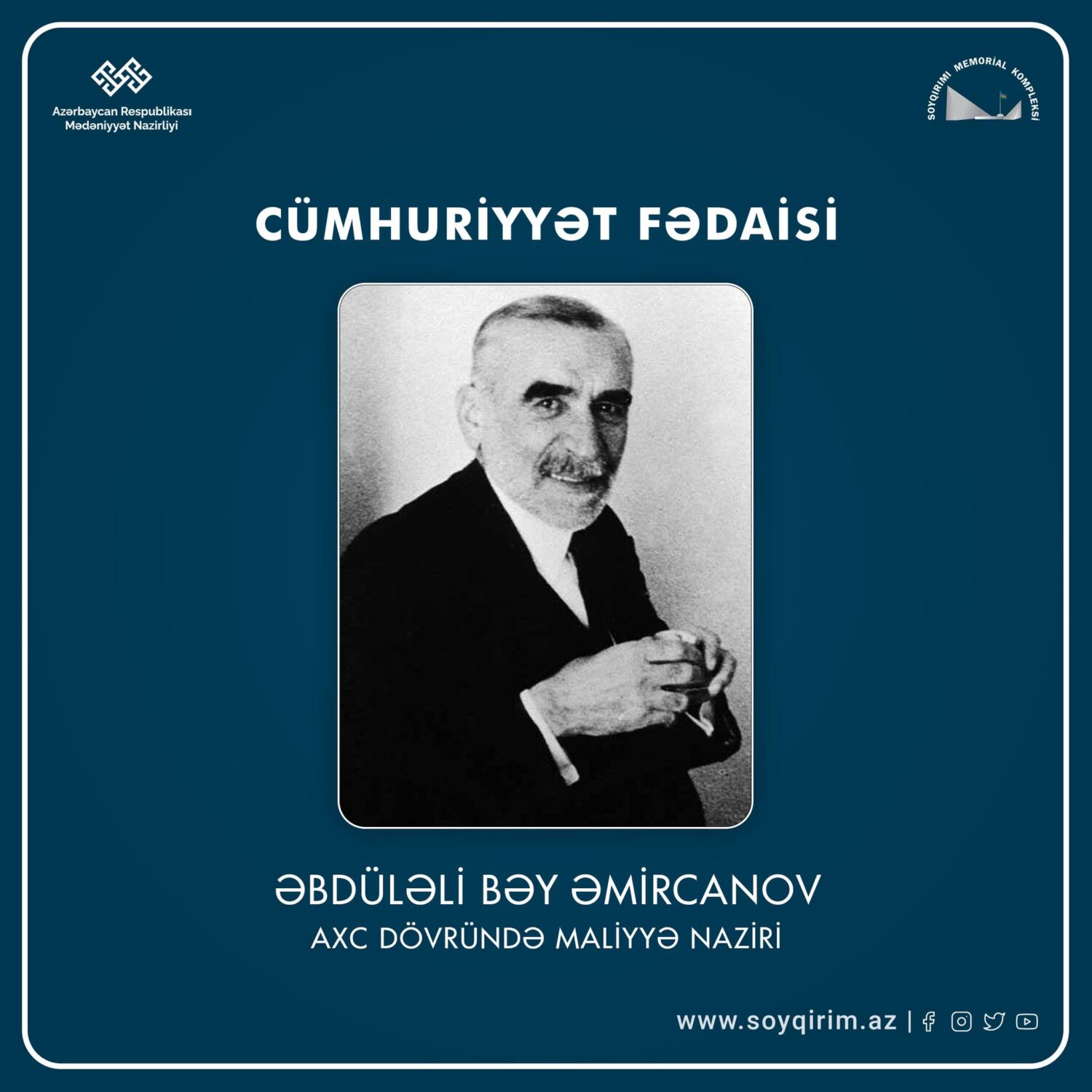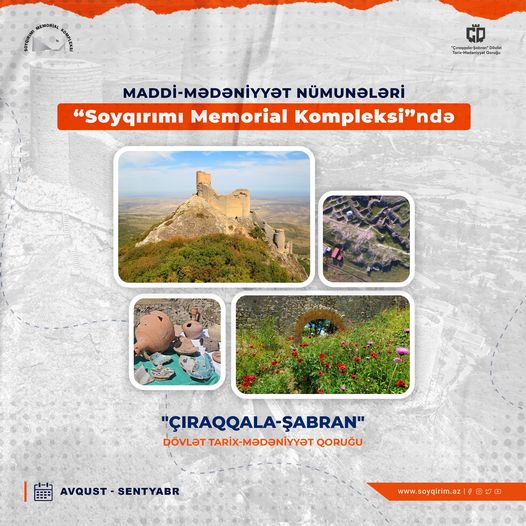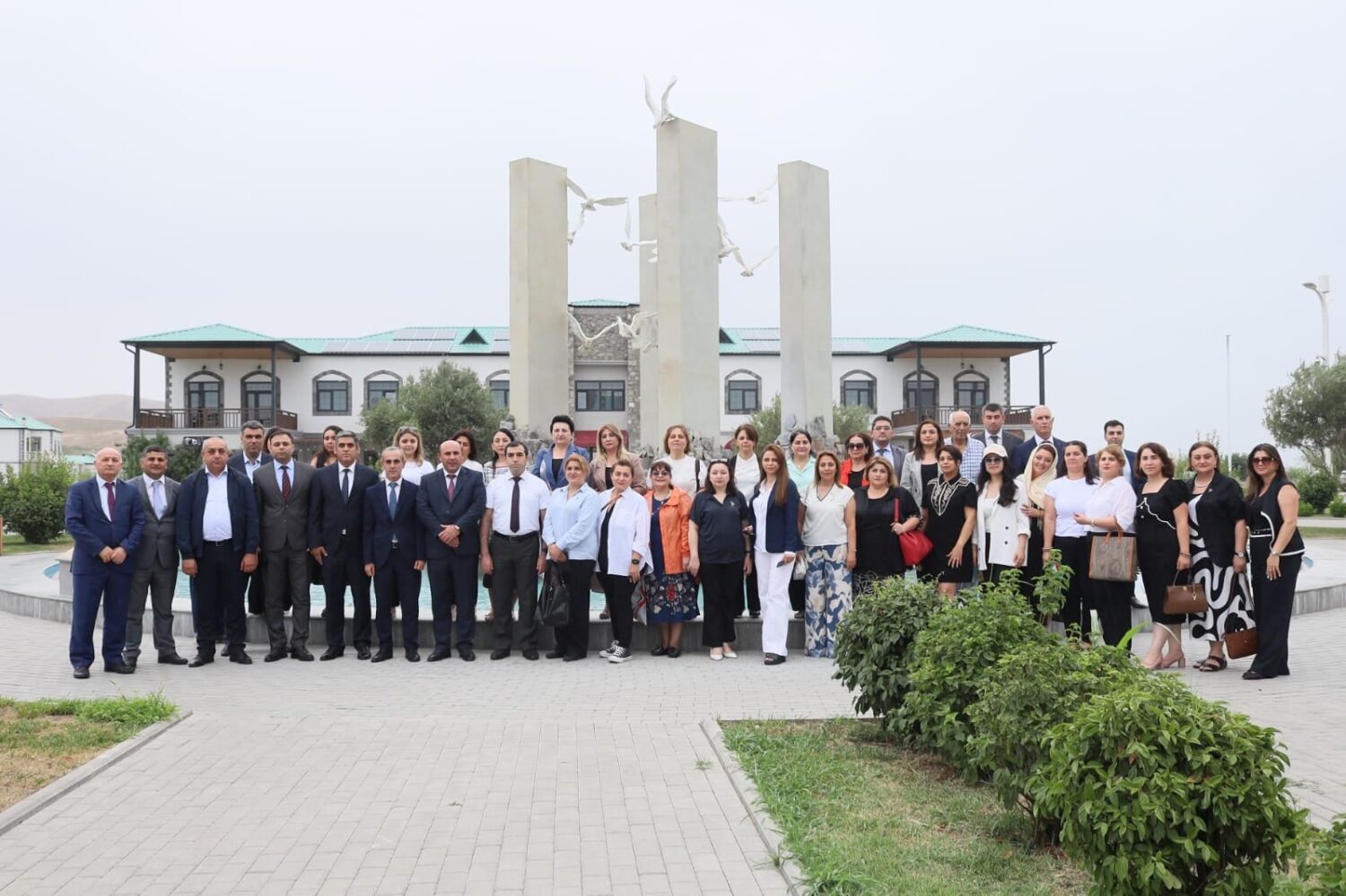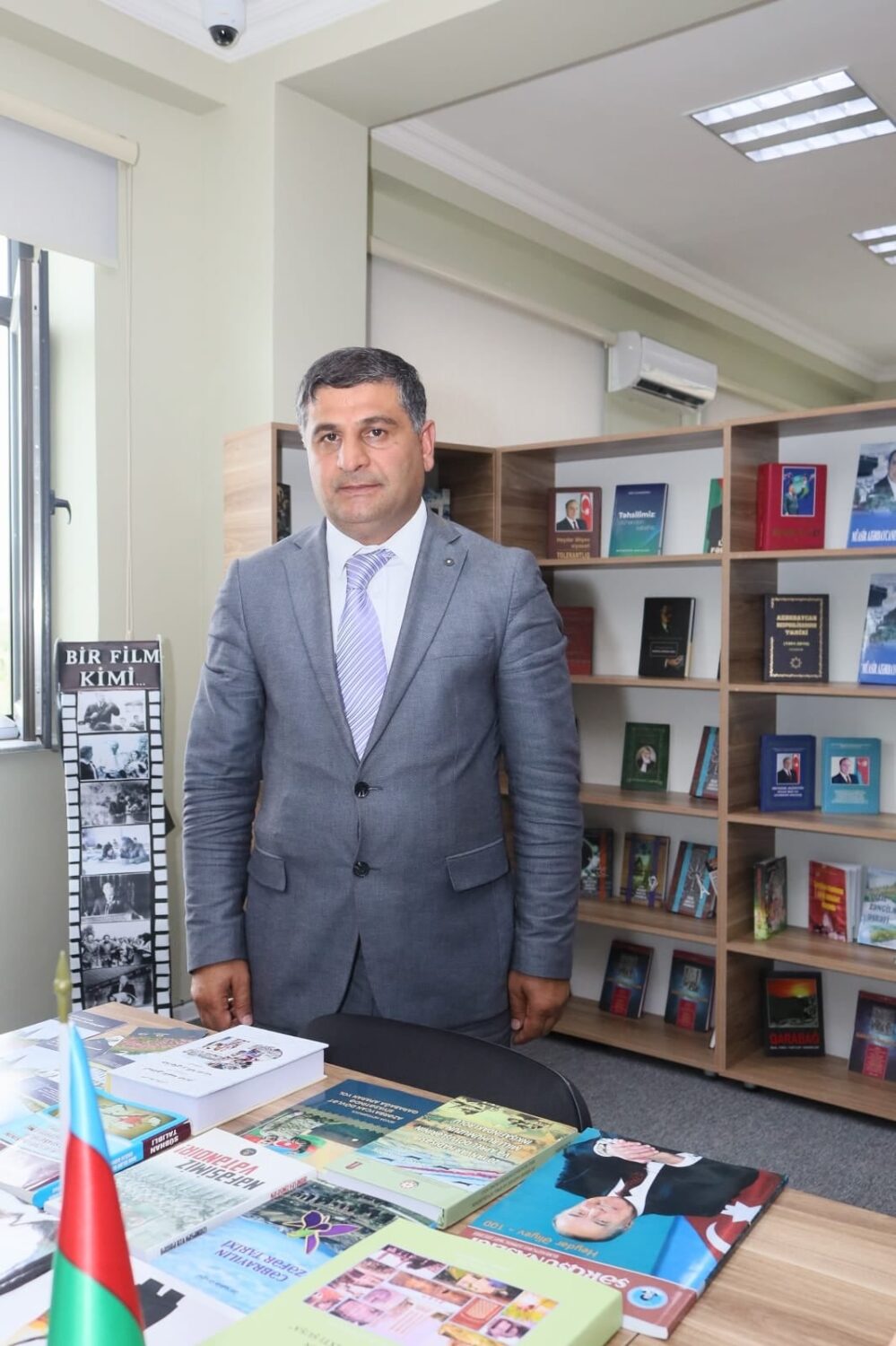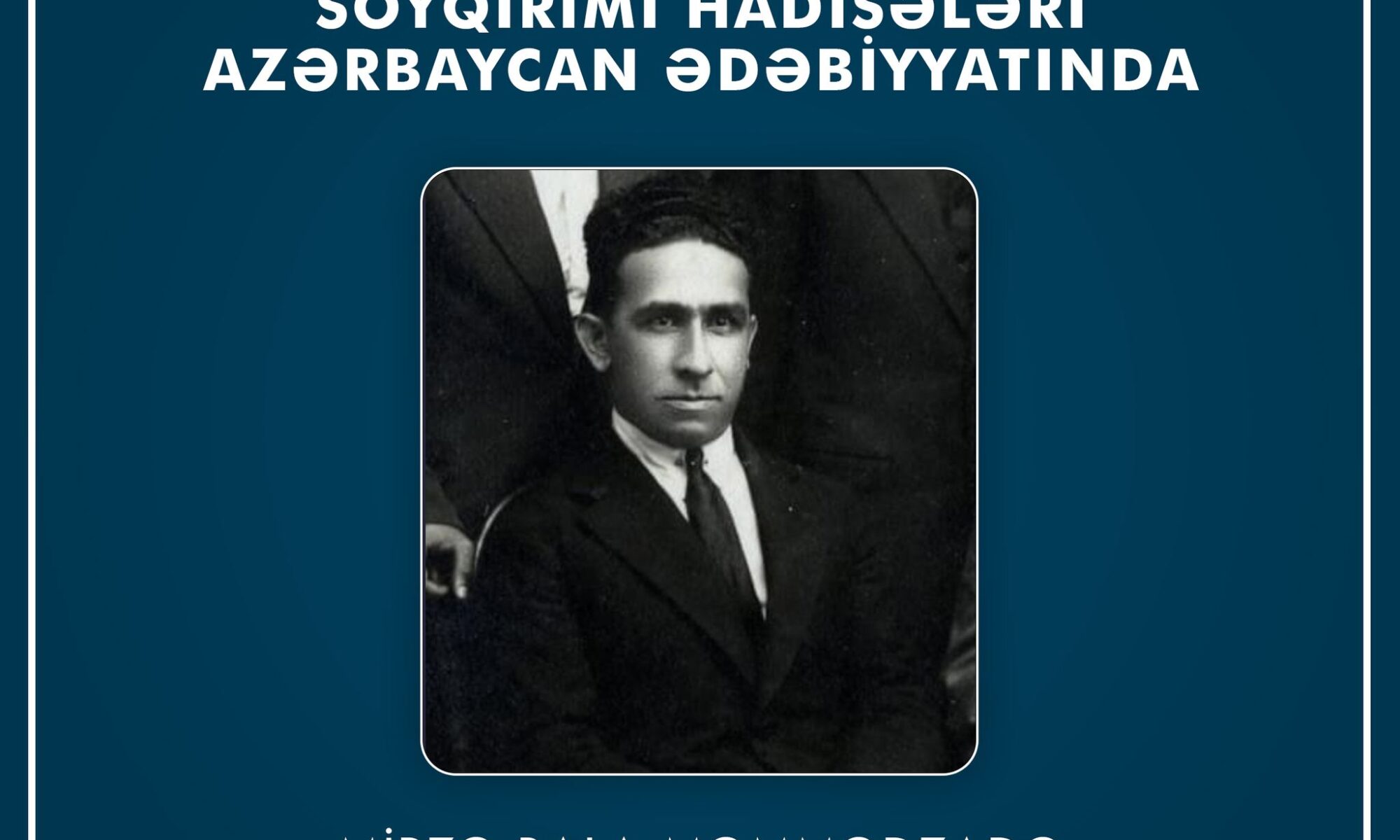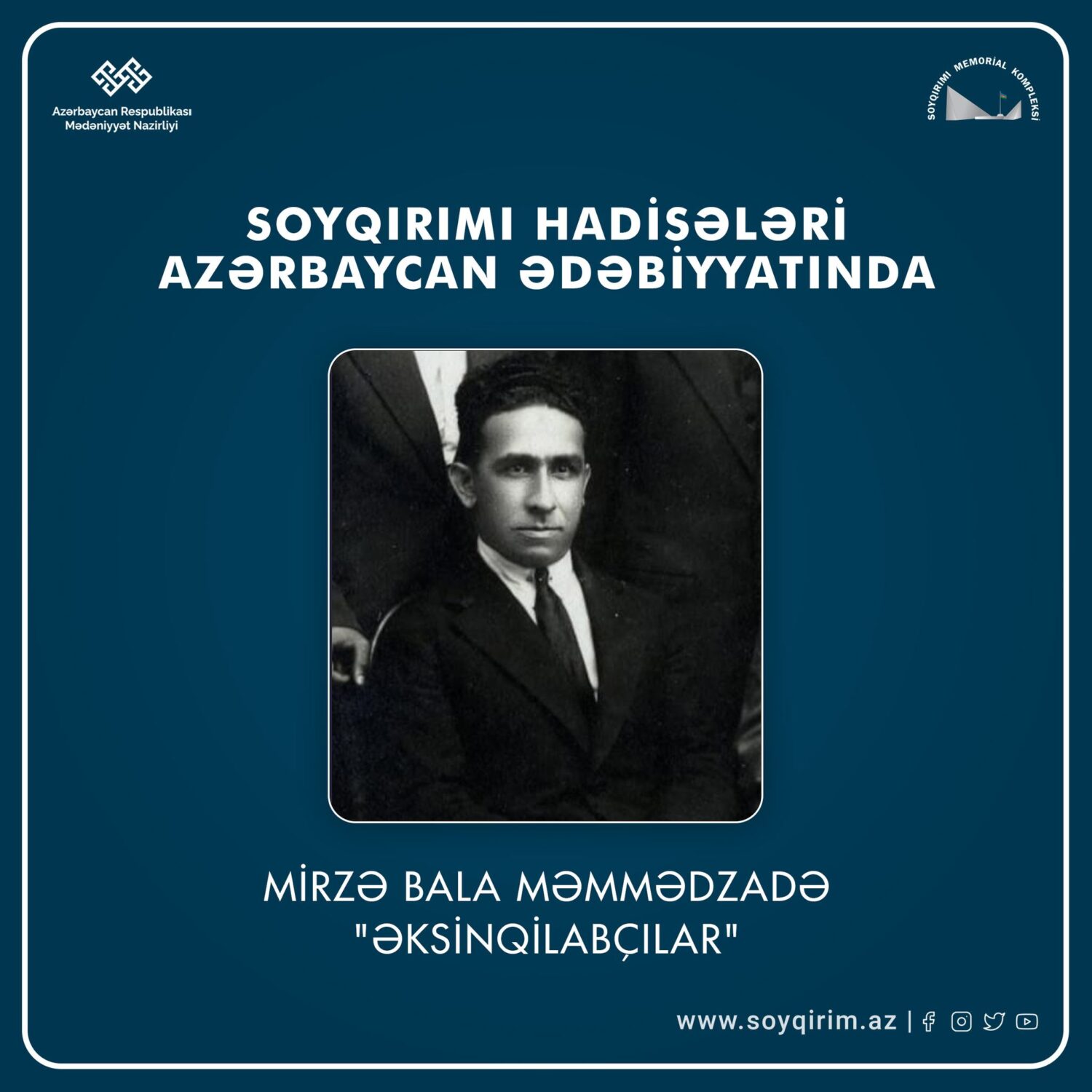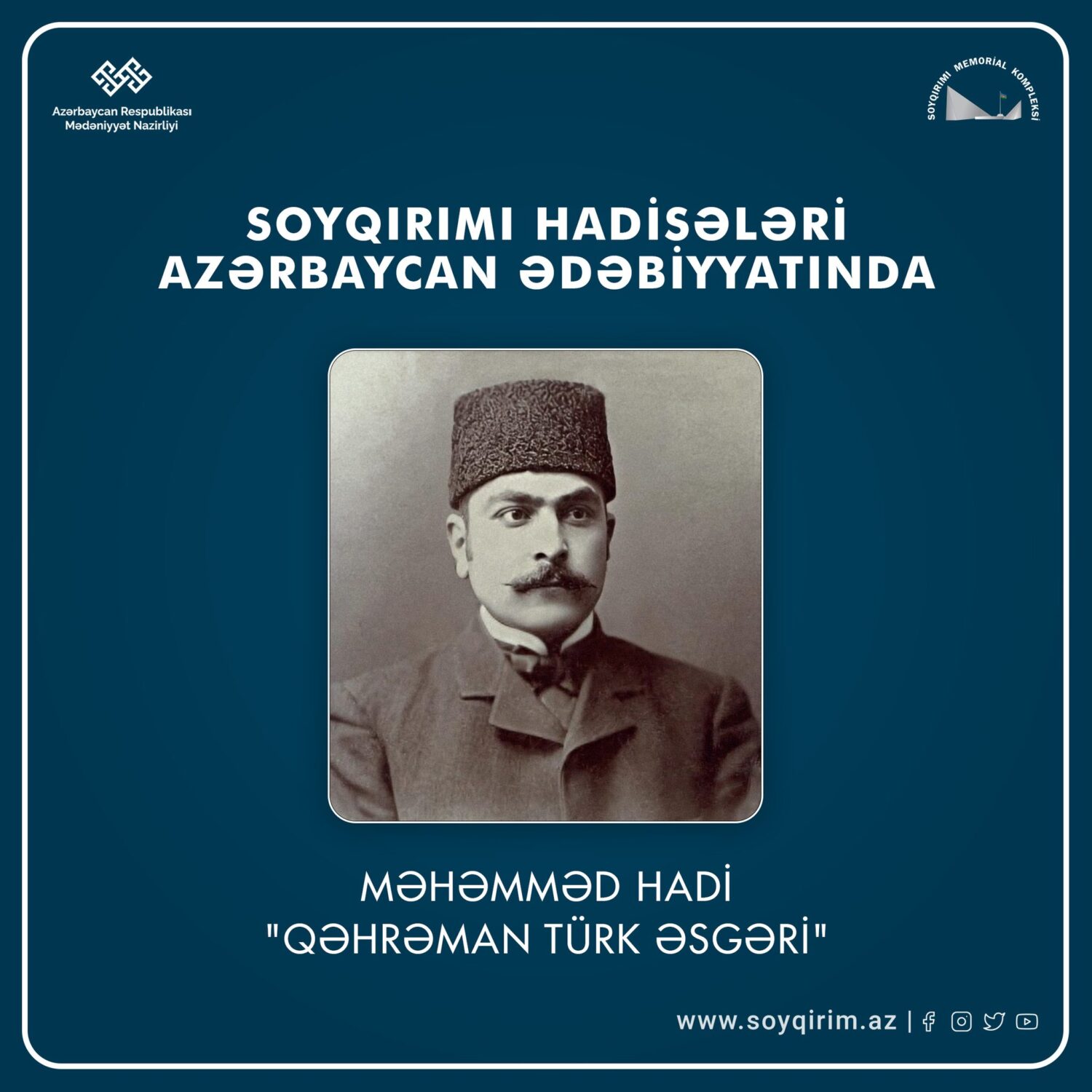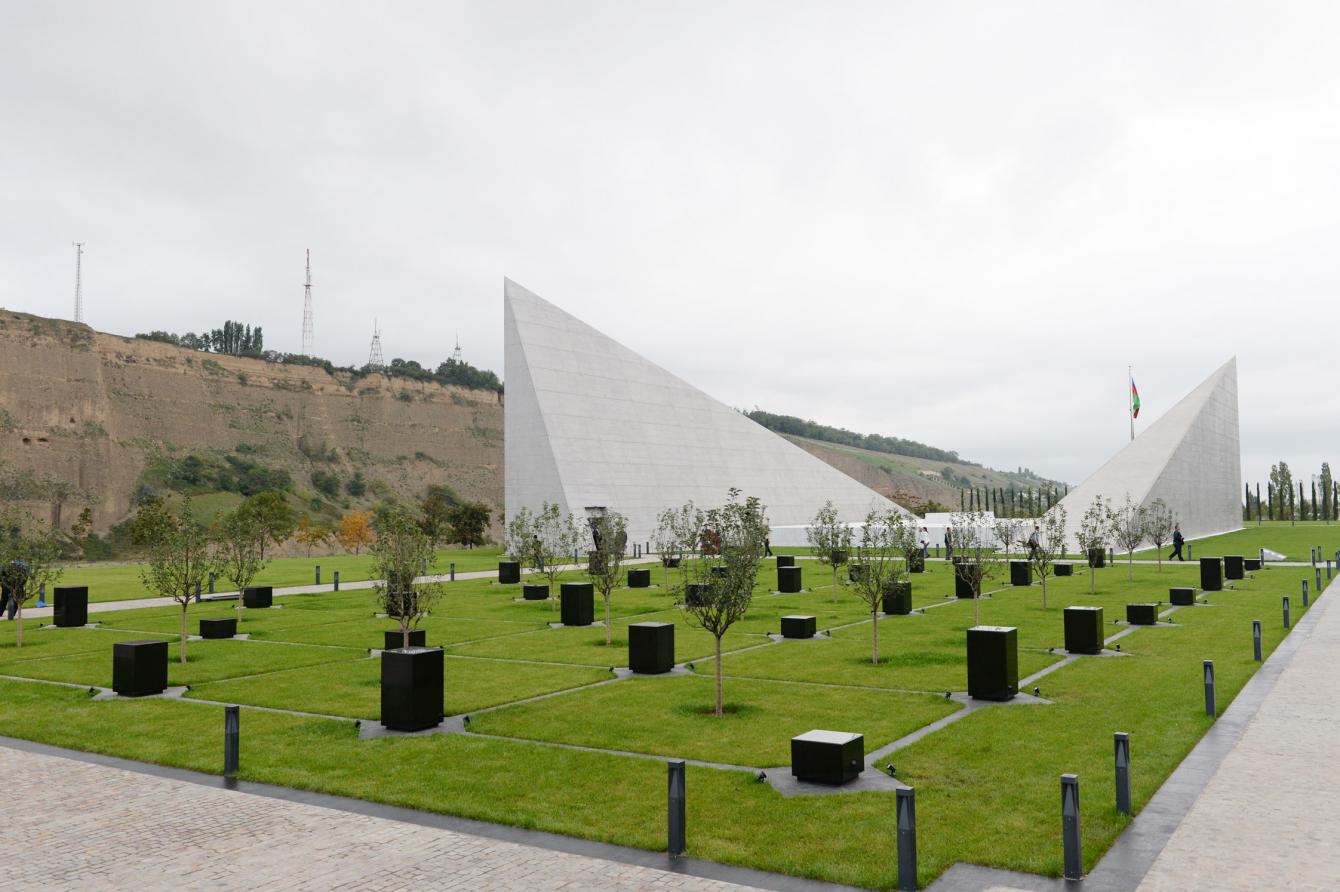
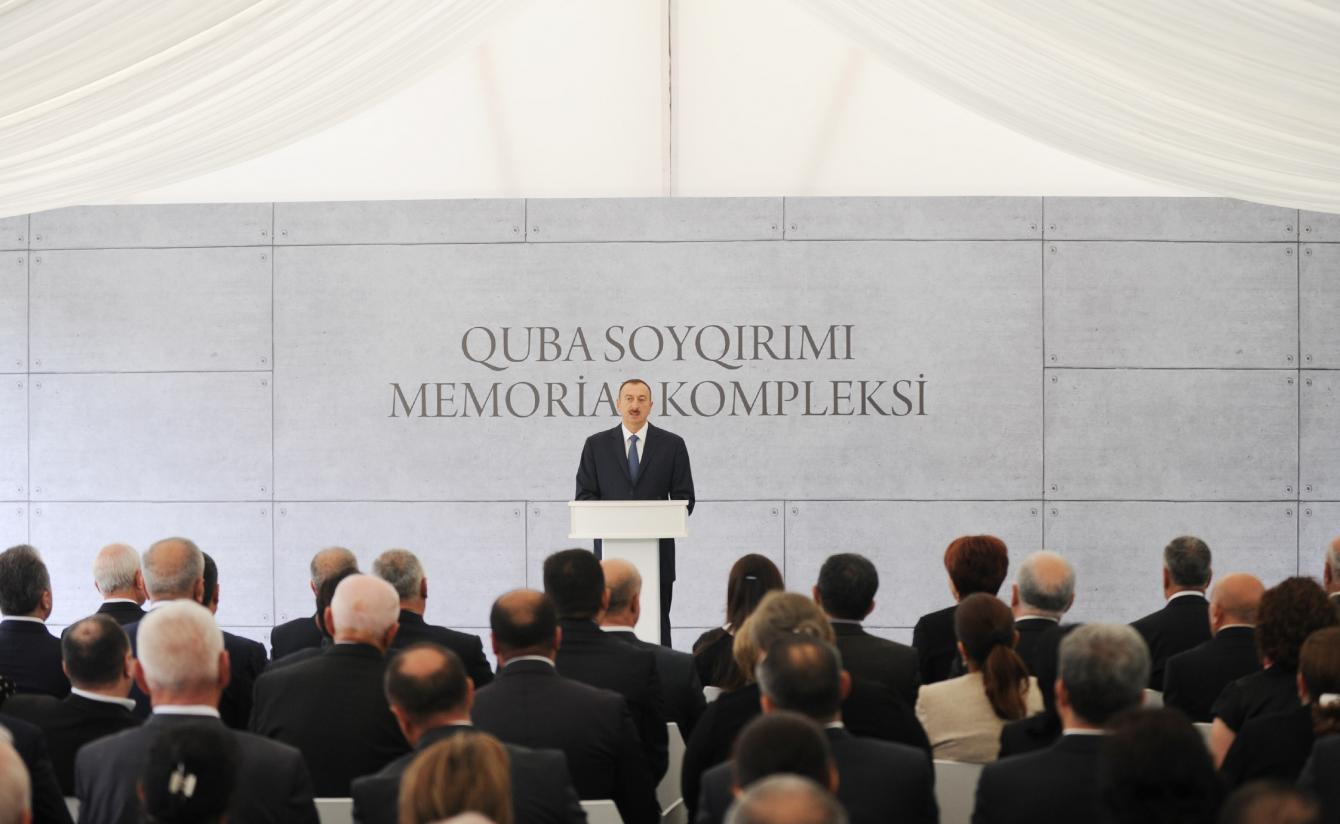
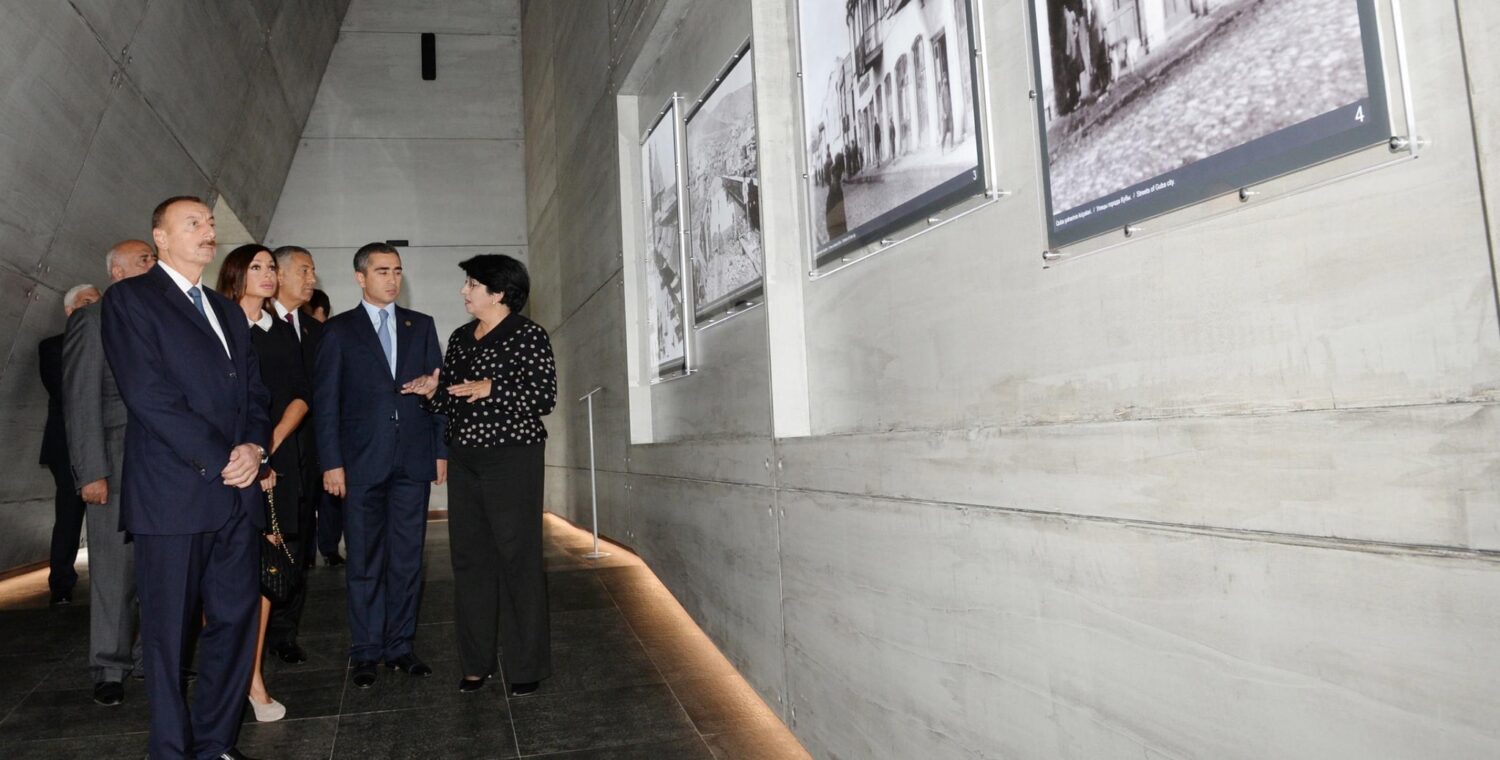
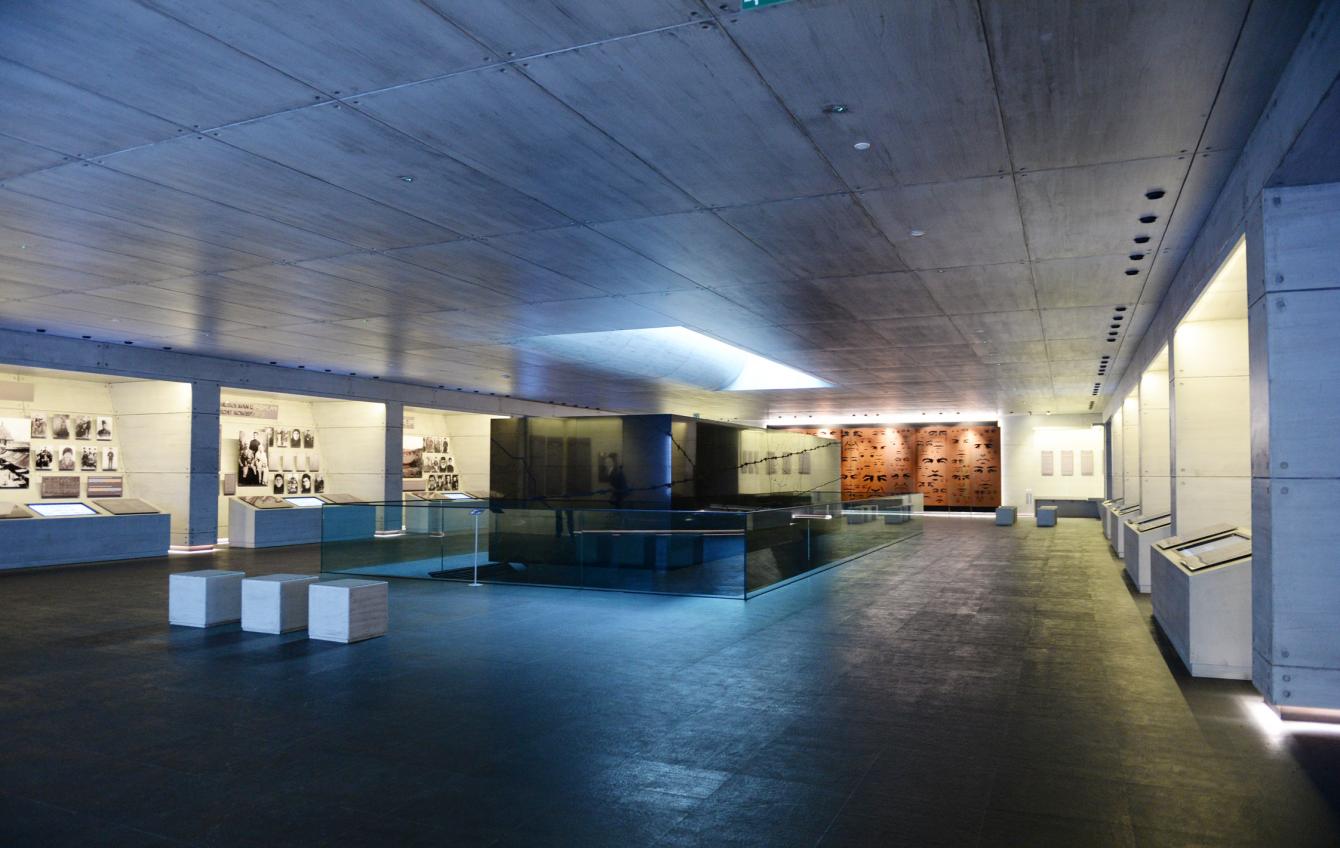
In 2007, during excavation work for the construction of the Guba city stadium, a mass grave was accidentally discovered. Subsequent research by experts from the Institute of Archaeology and Ethnography of the National Academy of Sciences revealed that the human remains belonged to local residents, victims of the 1918 massacre carried out by Armenians. In an effort to share these historical truths with the global community, preserve the national memory for future generations of Azerbaijanis, and honor the victims of the genocide, President of the Republic of Azerbaijan, Mr. Ilham Aliyev, issued a decree on December 30, 2009, to establish the Genocide Memorial Complex in Guba.
The complex was built under the initiative of the Heydar Aliyev Foundation in 2012-2013, located on the left bank of the Gudyalchay River, on the site of the former stadium, and officially opened on September 18, 2013. President Ilham Aliyev and First Lady Mehriban Aliyeva attended the opening ceremony.
It is worth noting that the complex spans an area of 3.5 hectares and consists of five sections. The architect of the complex is the Turkish architect Vahid Kasımoğlu.

